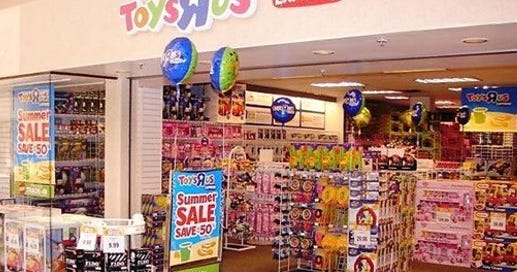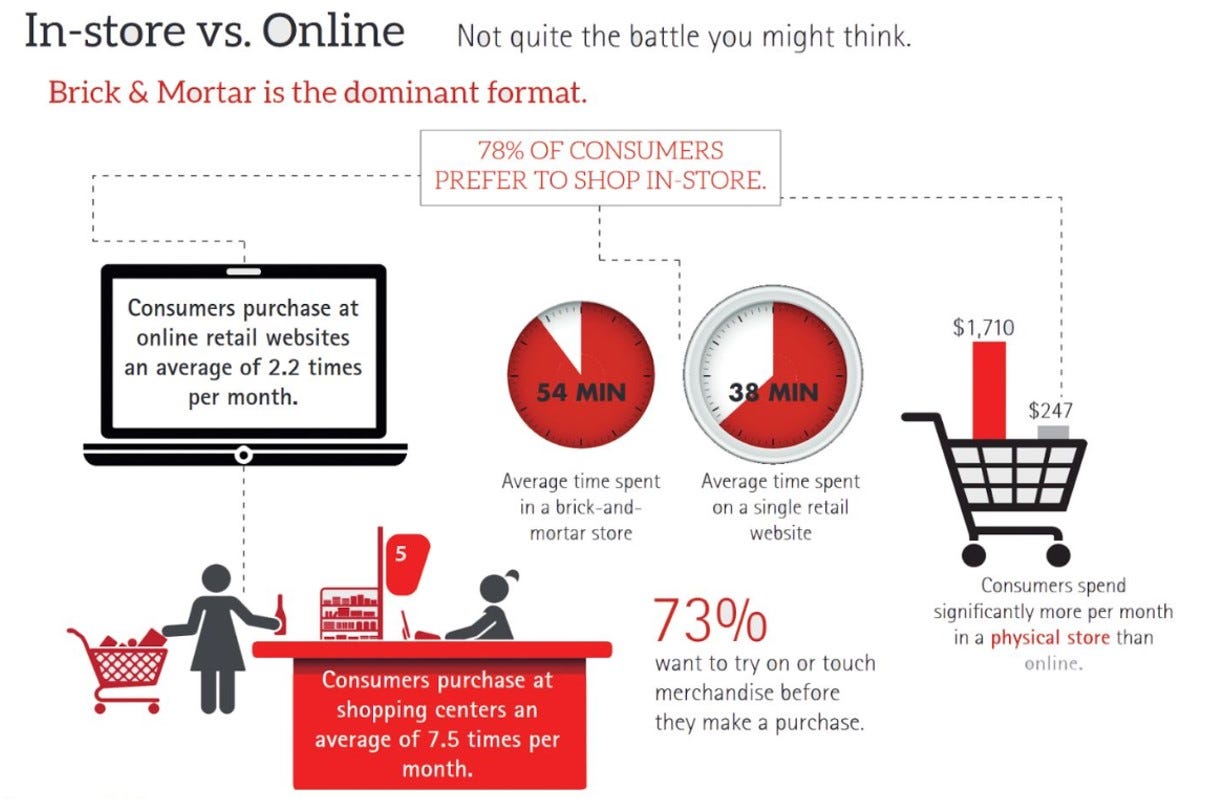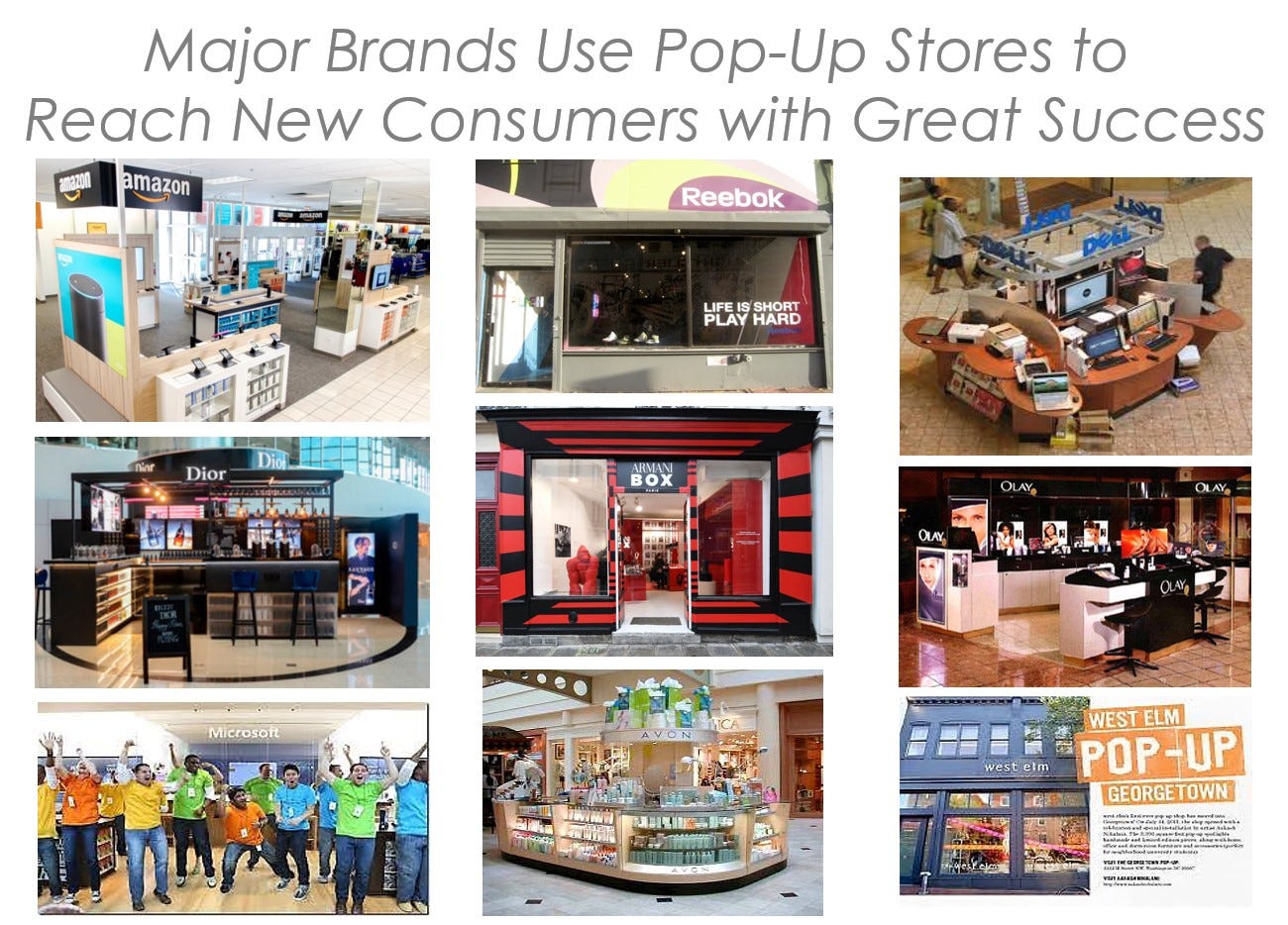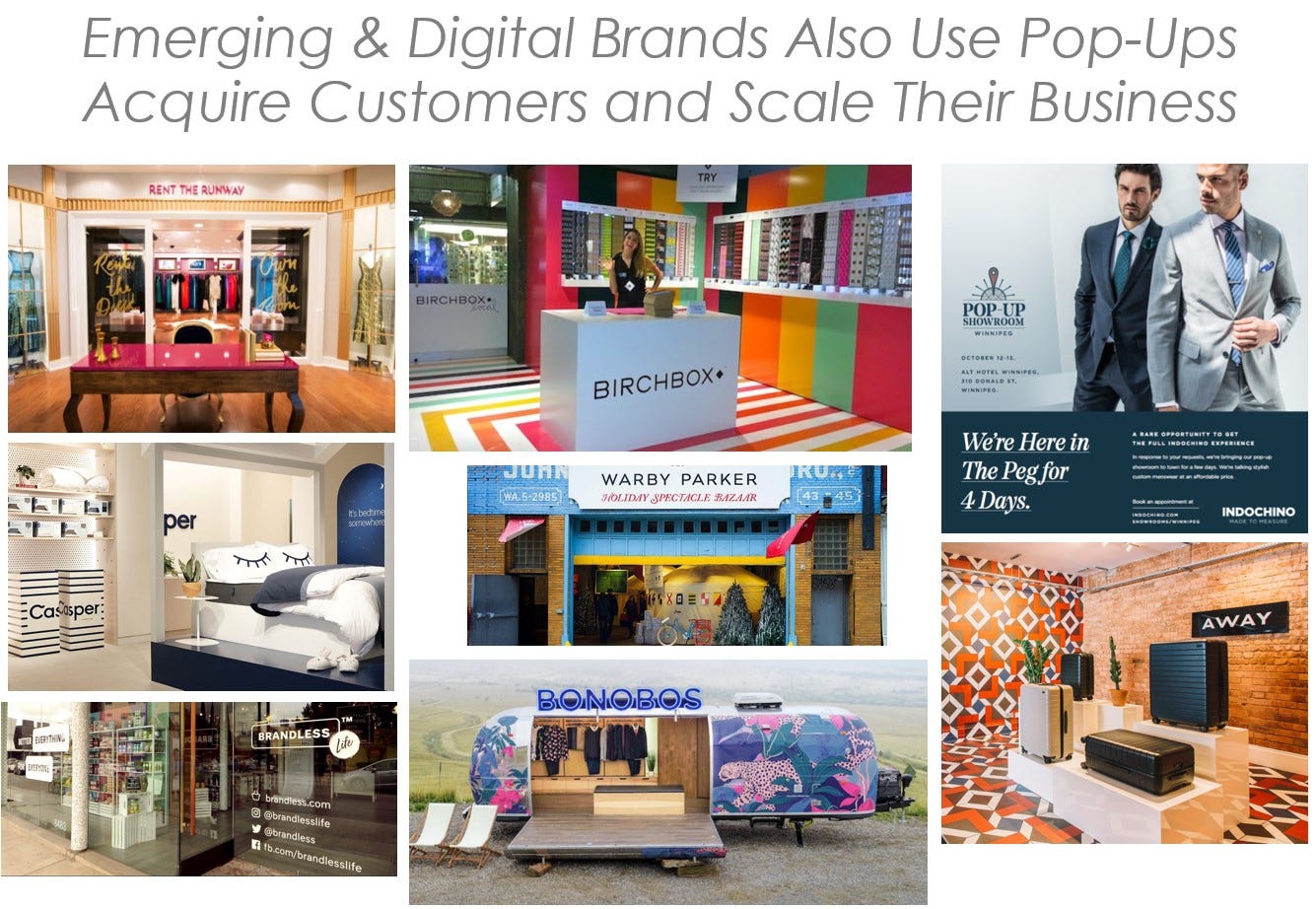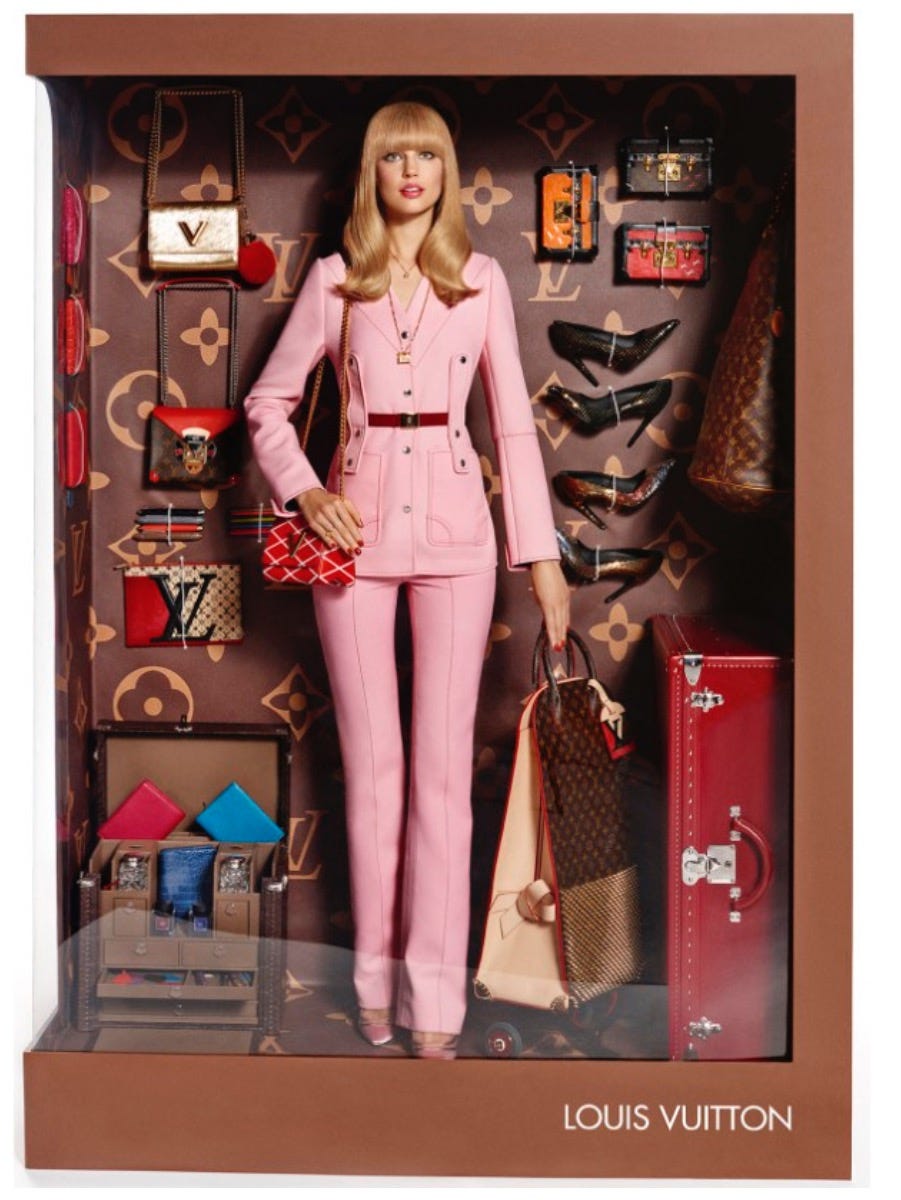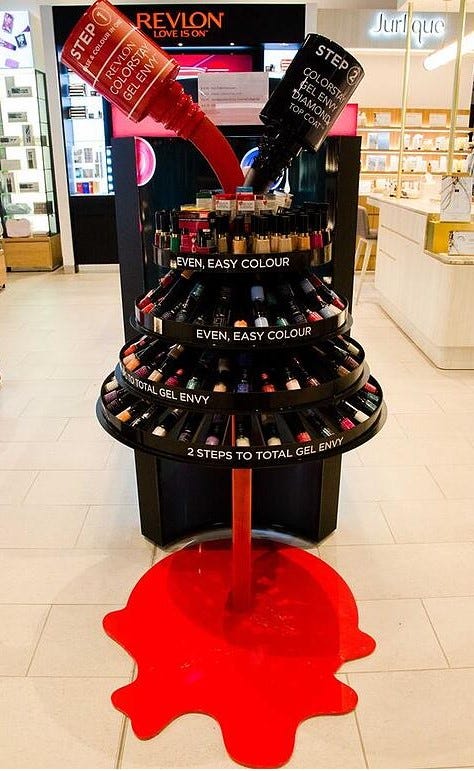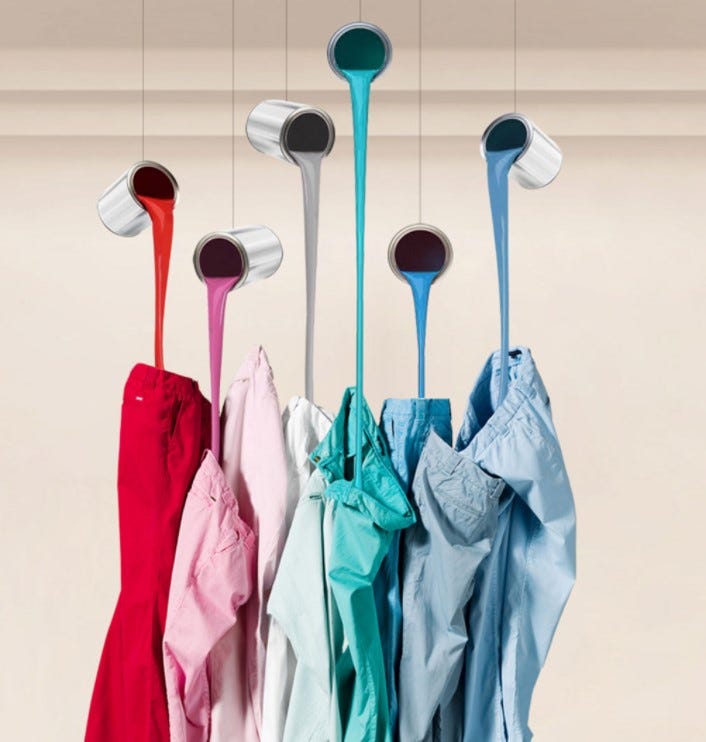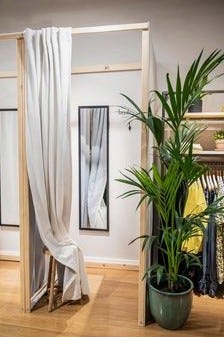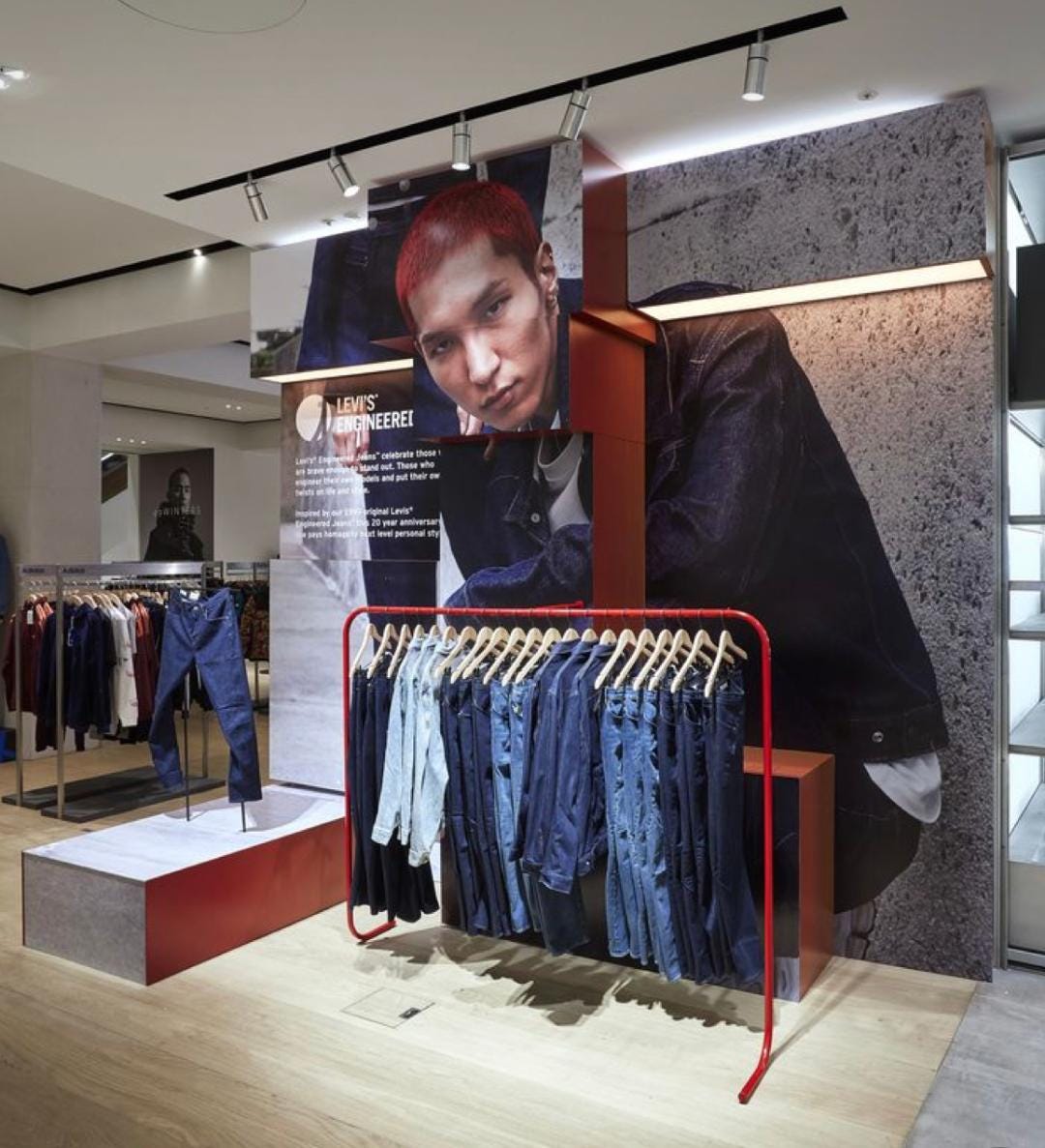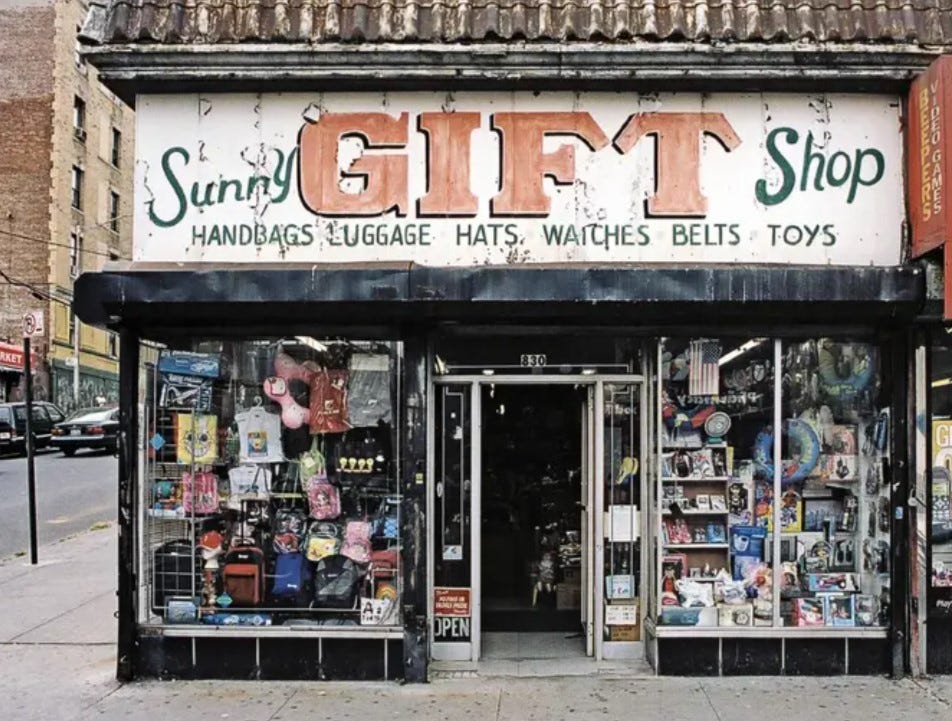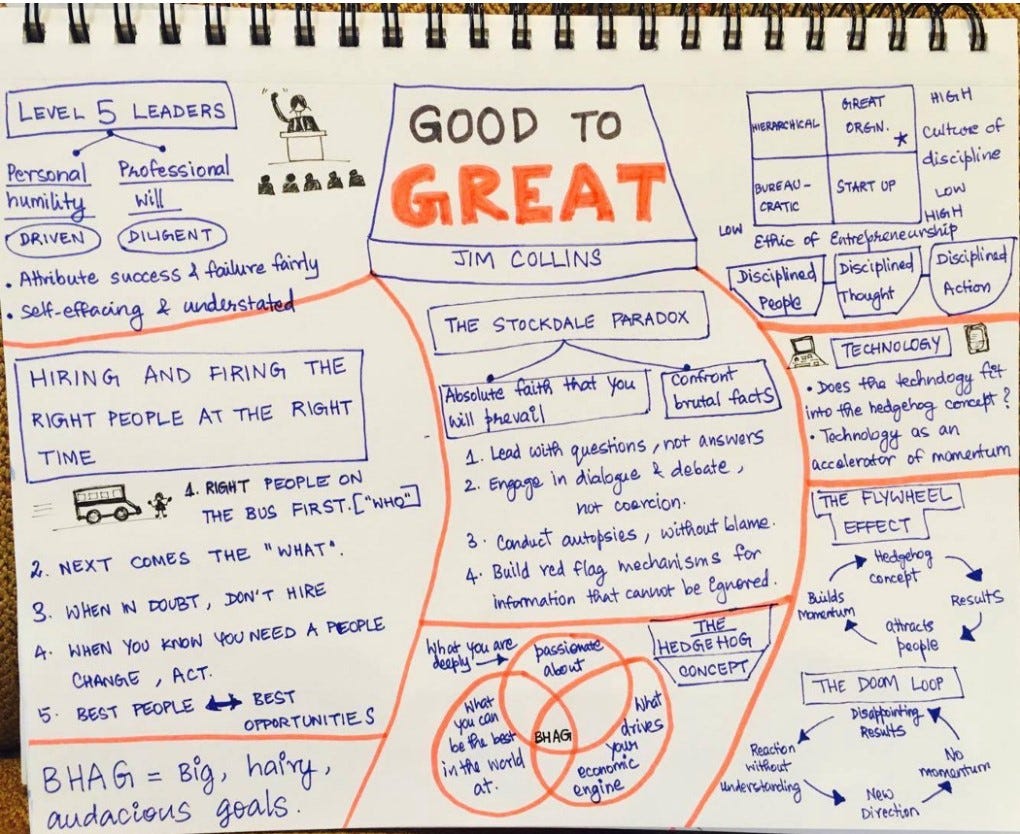Issue #4 All Things Retail: Why in the World are You Waiting to Pop-Up?
We hope you enjoyed our first 3 issues. Since you are reading this, thanks for coming back for more! Please share All Things Retail with your retail friends, it would be a great help!
If you have not subscribed yet, you can here:
Why in the World are You Waiting to Pop-Up?
If you are a physical store retailer, a digital merchant, or a product manufacturer, you need to consider doing one or more pop-up stores this year! I know, you keep reading how consumers are buying everything online and have no interest in shopping for anything anywhere. Well…this is simply wrong. Very wrong. While bricks and mortar retailing is here to stay (preferably with an e-commerce offering woven in), pop-ups present a specific and compelling opportunity for 2021 and 2022.
Before I jump into the details, a bit about my experience in temporary retailing. My first effort at running pop-ups was long before the term “pop-up” ever existed. Back in the late 1980’s (no “age” comments please), while running a small chain of toy stores, our team found empty storefronts in good locations, negotiated cheap rents, put up a banner (no fancy signs, too expensive) and piled toys up on empty shipping boxes (no fixtures, also too expensive). We added a couple of cash registers and we were in business. After the holiday season we packed up the toys (in those same boxes that served as “fixtures”), took the banner down, swept the floor and counted our profits. The classic “ah-hah!” moment. I continued using the pop-up model in subsequent years, in different industries, each time with great success. The scale of these efforts grew larger, culminating in doing over 700 Toys R Us Express pop-up stores in only 18 months (and creating a $200 million business from scratch). So…I am a huge believer that, done properly, pop-ups are normally a killer opportunity, and today more than ever.
Let’s dig in and discuss the what, why and how of temporary retailing.
What is a Pop-Up Store?
Here is a quick definition:
A limited duration operation; usually during peak selling season. “Fish when the fish are biting!”
Uses a low-cost operating model; inexpensive remnant retail space (cheap rent), temporary staffing, limited buildout investment and often closes after the “selling season”.
This results in higher profit for retailers, lower expenses for marketers and reduced risk for all!
Historically, pop-ups have been used for pure-play marketing purposes and also to actually sell products or services on-site:
Many pop-up stores are opened to promote a brand, product launch or similar and do not actually sell products. These programs are typically driven by marketing teams or agencies and impact marketing budgets as a pure expense.
Other programs are modeled after true retail stores and are planned to make a profit. They offer a robust product assortment, sales staff, sales promotions and require all the other elements of a retail store (cash registers, banking, loss prevention, etc.). Done properly, the “for-profit” stores will also provide all the marketing benefits of the marketing-only model, PLUS a profit rather than an expense! This is my favorite way to pop-up.
There are multiple real estate options for pop-ups, including malls, street spaces, strip centers, outlets, transportation hubs, store-in-store spaces, mobile units and more. The goal, regardless of format, is to put yourself in front of as many eyeballs as possible. What many operators do not realize is there is often a very viable opportunity to extend your lease term at temporary rents (some of our TRU locations stayed open for years under the same deal terms and were very profitable even off-season).
Why Pop-Up?
There are two elements to discuss here. First, why pop-ups are potentially meaningful for your business. Then, why pop-ups are a more compelling opportunity now than ever. Before we jump in, let’s explore what types of businesses should be thinking about pop-ups?
Existing physical retailers who want to expand their footprint.
Digital merchants who want to reach new consumers.
Product manufacturers who want to explore DTC opportunities.
Service providers who want direct exposure to potential customers.
Marketing agencies that want more exposure for their clients.
But why?
Grow sales and profits.
Minimize risk. No long-term real estate commitments or expensive build out costs.
Over 85% of retail revenue is still done in physical stores.
While online sales are growing faster than stores, growth is lower in terms of absolute dollars.
Expose your brand, products, or services to millions of consumers.
Create media (including social media) “buzz”.
Disrupt competition.
Drive consumers to your website.
Launch customer acquisition programs.
Create additional scale and thus buying power.
Test real estate locations for potential permanent stores.
Test new retail concepts prior to committing to permanent stores.
Test new items prior to major inventory commitments.
Read sales trends and interact with consumers directly.
Liquidate overstocks.
Item pick-up for online shoppers (BOPIS).
Place orders on-site for direct fulfillment to consumer.
Digital advertising rates are rising, and ROI is declining, making physical retailing attractive.
Shipping and fulfillment costs are rising for online sellers, creating a need to generate additional profit centers.
Consumers still prefer physical stores by a wide margin.
There is great proof-of-concept, for established brands, emerging brands, and digital sellers.
Are you convinced yet? Done properly (I keep repeating this as many temp operators struggle with proper planning and execution), pop-ups are a low-cost, low-risk way to add meaningful value to your business. But why the urgency? Why is this year such a great opportunity? The answer is simple.
There have never been so many high-quality, low-cost sites available for short-term leasing. Never!
This is an unprecedented opportunity to secure superb retail space (or spaces) at well below-market rents. Vacancies remain high, despite shopper traffic returning to near-normal levels (and many physical merchants beating not only last year’s sales but 2019, pre-pandemic sales). However, there is a strong, and appropriate, belief that there will be a huge rebound in shopper traffic in the second half of this year, well beyond what we are seeing today, and it will continue into 2022. The desire to get out of the house, the broad distribution of vaccines and simply the revitalization of shopping environments will drive this.
But this opportunity will not last. As the economy continues to improve, and shoppers venture out of the house, these vacancies will begin to disappear, driving a correlating increase in rents. This will not happen overnight, but it will happen. So, if you want the best selection of sites at the lowest costs, act now.
But How Do You Pop-Up Effectively?
While the details of crafting and executing a highly profitable pop-up plan are part of the “secret sauce” of our consulting business, there are several general elements that any operator should build into their temp store model.
Choosing the best location(s) and negotiating the proper rent deal(s) is essential. Don’t assume that a landlord will offer you their best locations first. They often will do the opposite in the hopes of leasing their most challenging sites first. Don’t settle! But you CAN assume that a landlord will NOT offer you their best rent deal initially. My experience is you will need to go back and forth 3-4 times to get to the proper rent level. Don’t rush! You also need to consider your optimum window of operation. A week? Month? 3 months? Open when? Close when? (I have found longer terms to be more profitable than shorter ones).
From an economic standpoint, pop-ups should not be treated in the same manner as a permanent retail location. The cost structure must be much lower, from rent to the build-out expense (I use term “build-out” loosely as you want to represent your brand and house your product in as inexpensive a manner as possible), set-up costs, signage, operating payroll, and maintenance. Gross margins need to be a bit more robust (especially if you want to sell off or sell down inventory at the end of the term) and inventory levels must factor not only the sales goal but the limited operating window of the store (resulting in reduced replenishment opportunities). The cost-effective exit of the pop-up must also be planned, as many operators give back a bunch of their earned profit by ignoring this critical step.
Staffing, training, loss prevention, permitting and marketing (no you cannot “build it and they will come”; some grassroots marketing is a must) are all areas that need to be considered. Each must be treated in a nuanced manner to ensure great execution in a pop-up environment (ex: Where do you find good people willing to work for a short-term period? How to you train them on short notice? How do you market effectively with a limited budget?).
The challenges above are not meant to scare you off but rather to make you aware of how to plan a highly profitable pop-up initiative. All of them have been executed well by many operators over the years; you can do the same. But to best leverage this opportunity, start now. Build a plan, research sites, begin negotiating and see what happens. The value you can add to your business in the next couple of years is immense!
P.S. Let me know if you want to hear more about “how to” pop-up. Thanks!
Retail News & Happenings
How to Create a Winning Post-Pandemic Business Model
Is LA’s Platform the future of retail?
An innovative development in Culver City offers pointers as to how retail might evolve post-pandemic.
Strategic Agility: The Leadership Survival Skill of the Year
The 15 Most Popular Luxury Brands Online In 2021
2020: The Year of Social Shopping
According to Poshmark's 2020 social commerce report, 58% of consumers said they were comfortable with buying goods via social media rather than a company's website, while 75% said they would buy something directly from a person online. The report also found that 57% of consumers discover new brands via word of mouth, 41% of them through influencers and 33% through social media marketing.
Three ‘Store of the Future’ Formats you can Visit Today
A Playbook for Negotiators in the Social Media Era
Cool Pics
Quote of the Week:
“I don’t think retail is dead. Mediocre retail experiences are dead. While e-commerce has been growing, the majority of retail still happens within four walls”

